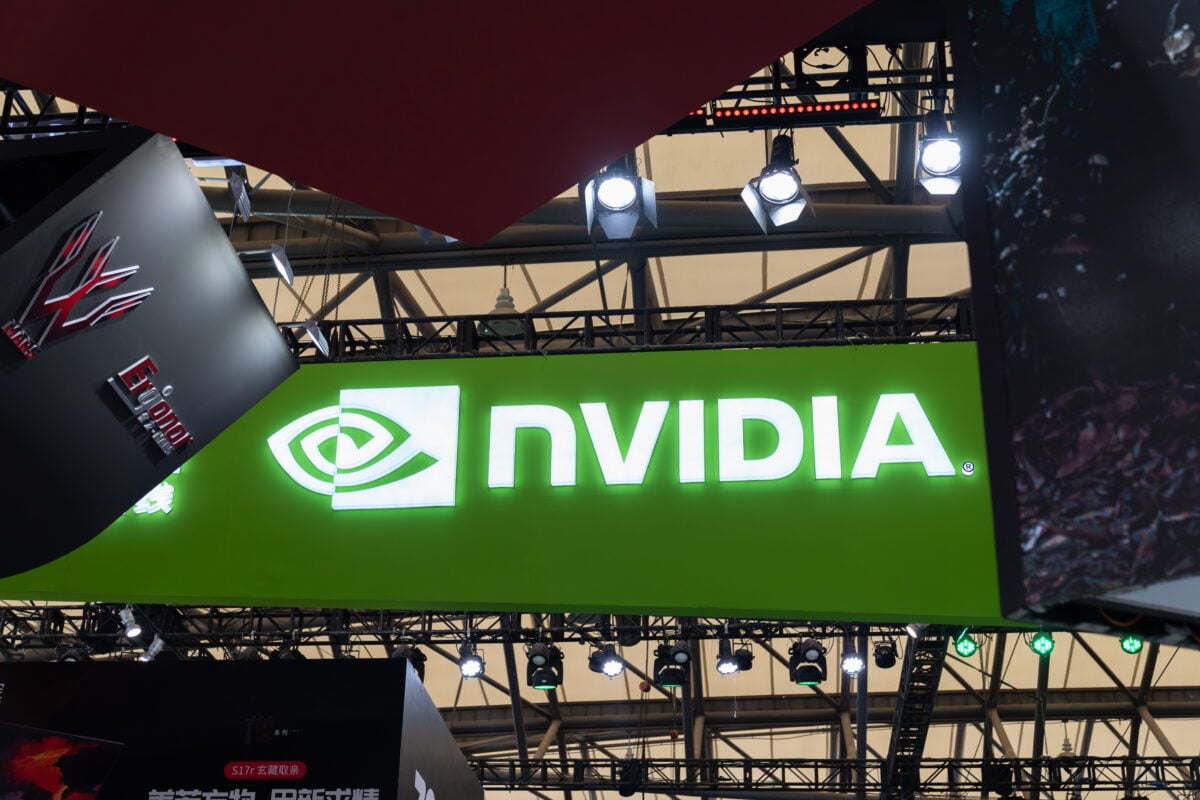TLDRs;
- Nvidia reports 39% of Q2 revenue came from just two key customers, up from 25% a year earlier.
- Both customers are “direct buyers,” purchasing Nvidia chips for resale, creating additional risk in end-user demand visibility.
- Data center sales now make up 88% of Nvidia’s revenue, fueled by demand from cloud providers and AI growth.
- Analysts warn that high customer concentration exposes Nvidia to vulnerability if major buyers shift orders or suppliers.
Nvidia, the world’s leading chipmaker in the artificial intelligence (AI) era, revealed in a recent financial filing that two major clients now account for a significant 39% of its quarterly revenue.
The disclosure underscores both the strength of demand for its chips and the growing reliance on a narrow set of customers, raising questions about long-term risk exposure.
According to the filing, “Customer A” contributed 23% of Nvidia’s revenue during the July quarter, while “Customer B” represented 16%. A year ago, those same customers made up 14% and 11% of sales respectively.
Direct customers drive the surge
Nvidia did not disclose the names of these customers but clarified that they are “direct customers,” meaning companies that buy chips in bulk to manufacture systems or circuit boards for resale. These entities are often original design manufacturers (ODMs) or major distributors rather than end users themselves.
The filing also noted that two indirect buyers, who acquire Nvidia products through these large intermediaries, each represented more than 10% of total sales.
This points to an even broader dependence on a small ecosystem of buyers who ultimately funnel Nvidia’s chips to cloud providers, enterprises, and foreign governments eager to build AI infrastructure.
AI boom reshapes revenue profile
The data center division has become Nvidia’s financial engine, generating 88% of total revenue in the July quarter. Within that segment, large cloud providers alone accounted for about half of sales, reflecting surging demand for AI computing power.
Chief Executive Jensen Huang emphasized that the global race to build AI infrastructure continues to fuel growth. Cloud platforms, “neoclouds,” and sovereign buyers are competing to secure Nvidia’s graphics processing units (GPUs), which are essential for training and deploying advanced AI models.
However, while the AI boom has positioned Nvidia as one of the most valuable companies in the world, the filing makes clear that its growth is being powered disproportionately by a handful of customers.
Dependence highlights systemic risks
Analysts note that this level of customer concentration places Nvidia in what acquisition experts often describe as a “high-risk” category.
Companies deriving between 30% and 50% of revenue from a small number of buyers may face significant challenges if any of those customers reduce orders, delay purchases, or shift to a competitor.
The risk is amplified in Nvidia’s case because its biggest buyers are not the ultimate end-users but resellers and system builders. This means Nvidia has limited visibility or control over final market demand. If those intermediaries face slowdowns in their downstream customers, Nvidia could feel the effects indirectly but quickly.
A broader trend in market consolidation
Data shows that the top four firms’ average revenue share across multiple U.S. sectors climbed from 24% in 1997 to 33% by 2012. In retail, the top 20 players expanded their dominance from under 30% in the early 1980s to over 50% three decades later.
In this context, Nvidia’s reliance on just two clients is not unique but part of a structural shift toward fewer, larger players dominating both supply and demand chains. While this can create efficiencies and accelerate innovation, it also amplifies systemic risks, where the actions of a few companies can ripple across entire industries.






